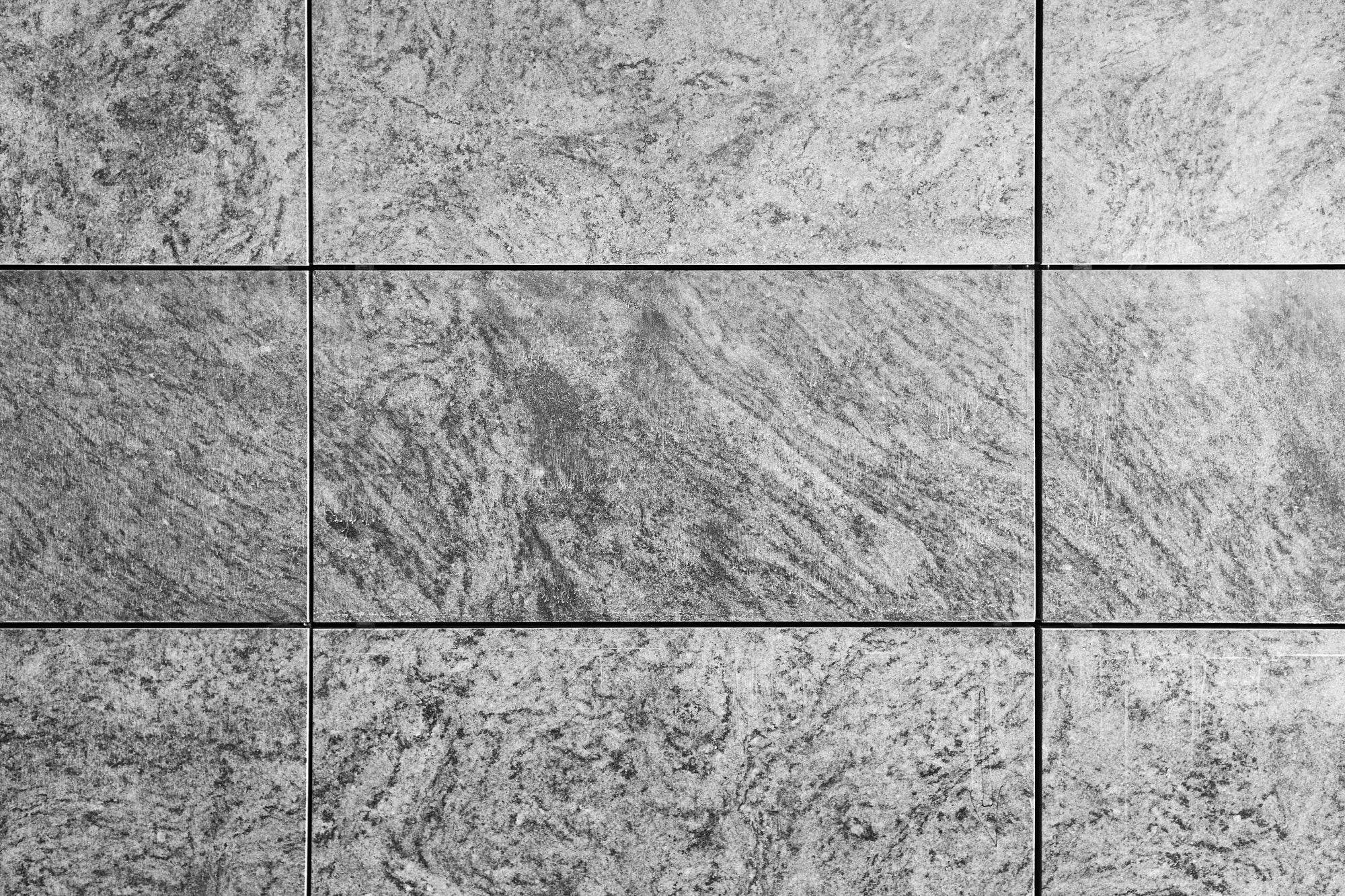From classic to contemporary: the evolution of grey tiles

Grey tiles have stood the test of time and retained their aura. They have gone from classic to contemporary with unparalleled beauty. Today more than ever, they are an integral part of architecture and interior design. Appreciated for their timeless elegance and versatility, they come in a multitude of styles and textures. They offer infinite possibilities for designers. Let's retrace the remarkable evolution of these floor and wall coverings, which continue to impress and inspire design lovers the world over.
The origins of grey tiles
Grey tiles have a long history, dating back to ancient times. The first traces of grey tiles date back to Mesopotamia and ancient Egypt, where they were used to decorate temples and palaces. Made from fired clay, these tiles were often greyish in colour due to the natural presence of minerals in the clay.
A lire également : What Are the Implications of 5G Networks on Online Console Gaming?
Over the centuries, tile-making techniques evolved, and grey tiles spread throughout the world. In Europe, it was particularly popular in the Middle Ages and Renaissance, where it was used for floors and walls in homes, churches and public buildings. Discover the Grey tiles effect on https://grey-tiles.com/.
The timeless charm of classic grey tile
The classic grey tile, often in terracotta or natural stone, conveys a sense of history and tradition. Its smooth, uniform surface reflects light in subtle ways. Its primary function is to create a calm, chic atmosphere. It is particularly suited to traditional and rustic styles. It also has a place in contemporary interiors, where it brings happiness and a peaceful atmosphere to the inhabitants.
Avez-vous vu cela : The benefits of a local translator in Vancouver for businesses and individuals
The rise of contemporary grey tiles
In recent years, grey tiles have enjoyed a veritable renaissance, thanks to the innovation and creativity of manufacturers. New production technologies have made it possible to create tiles in a wide variety of shapes, sizes and textures. That's why architects and designers have a multitude of grey tile options at their disposal.
The technological revolution in porcelain stoneware
One of the most significant advances in grey tiles is the introduction of porcelain stoneware. This revolutionary material combines the natural beauty of stoneware with the durability and resistance of porcelain. This advantage makes it a versatile and functional solution for floors and walls.
Thanks to advanced manufacturing techniques, porcelain stoneware can now faithfully reproduce a wide variety of textures and patterns to add an extra dimension to the design of grey tiles.
Grey tiles for every style
Today, there is a grey tile for every interior style. Concrete-look grey tiles are renowned for giving a modern, minimalist feel to a space, while marble-look grey tiles give a luxurious, elegant look. Grey tiles with geometric or floral patterns create an original, dynamic look, while textured grey tiles provide a sense of depth and warmth.
Conclusion
The evolution of grey tiles is a reflection of changing tastes and trends in interior design. From classic to contemporary, industrial to minimalist, grey tiles offer an elegant and versatile solution for all types of space.
